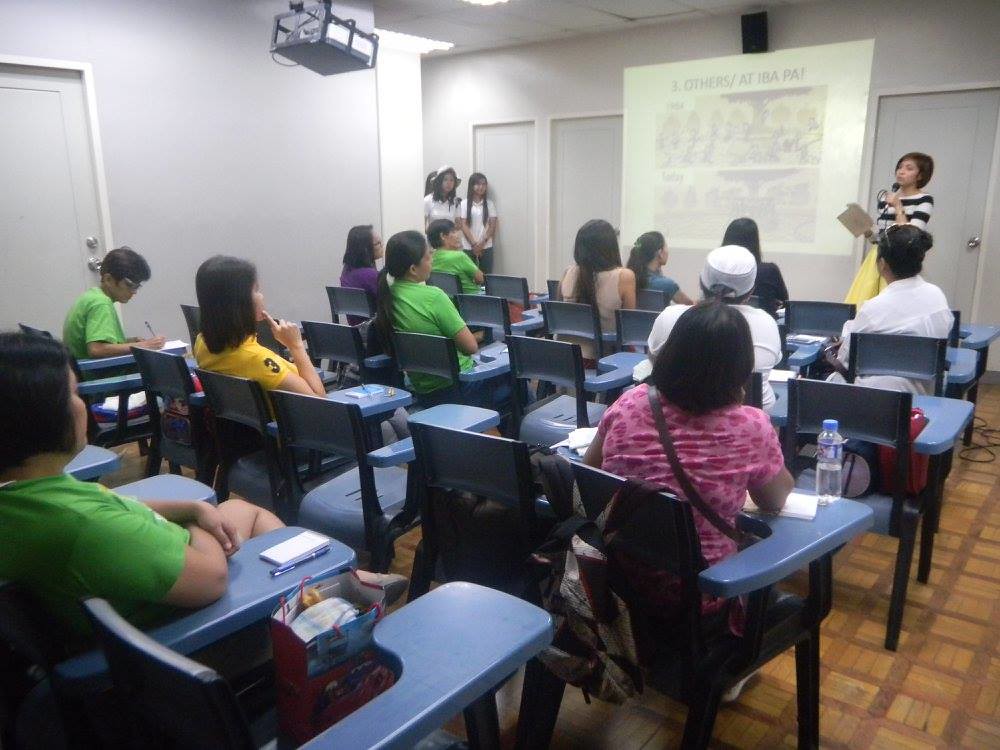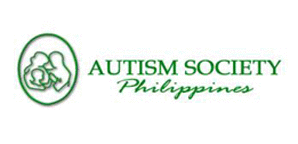On 27 April 2015, fourth year B.S. Speech-Language Pathology students from the University of Santo Tomas (UST) held a one-day fair for children with autism and their parents -- members of Autism Society Philippines. The event was dubbed “ZOOPER Fun Day: A Community Development Program for Creating a Language-Rich Environment.” Held at the UST Quadricentennial Park, the event aimed to promote and advocate for rich language development by imparting knowledge to the parents about language stimulation techniques and how to create a language-rich environment in their home setting.
 |
| Participants in Creating a Language-Rich Environment seminar |
Simultaneously, each child was given an Ate or Kuya and then led to the UST Quadricentennial Park where four game booths and a puppet show awaited.
- The Something Fishy booth has the child catching fishes from a basin of water, and each fish has a corresponding wh- question which the child will be asked to answer. The difficulty level of the questions are adjusted accordingly for the child by the students handling the booth.
- The Hungry Zoo encourages the child’s categorization skills. They are presented with a giraffe, a lion, and a basket of food. They are then to get all the vegetables for the giraffe and all the meat for the lion.
- The Zookeeper Says require the child to follow a set of commands to be able to feed the hungry monkey. They can either be told to choose a ball, shoot it inside a specific basket, clap their hands, jump, point, or gather the bananas. It facilitates language learning and improvement of receptive language skills through following commands of varying difficulties.
- The What’s Missing? booth presents blown-up pictures of animals with missing body parts posted on the wall. The kids go through the pictures one by one, get the animal’s missing body part, and stick it on the poster of the animal it belongs to. This activity, facilitated with instructions and questions from the students, improves receptive language skills of part-whole relationships.


 Posted in:
Posted in: 

0 comments:
Post a Comment